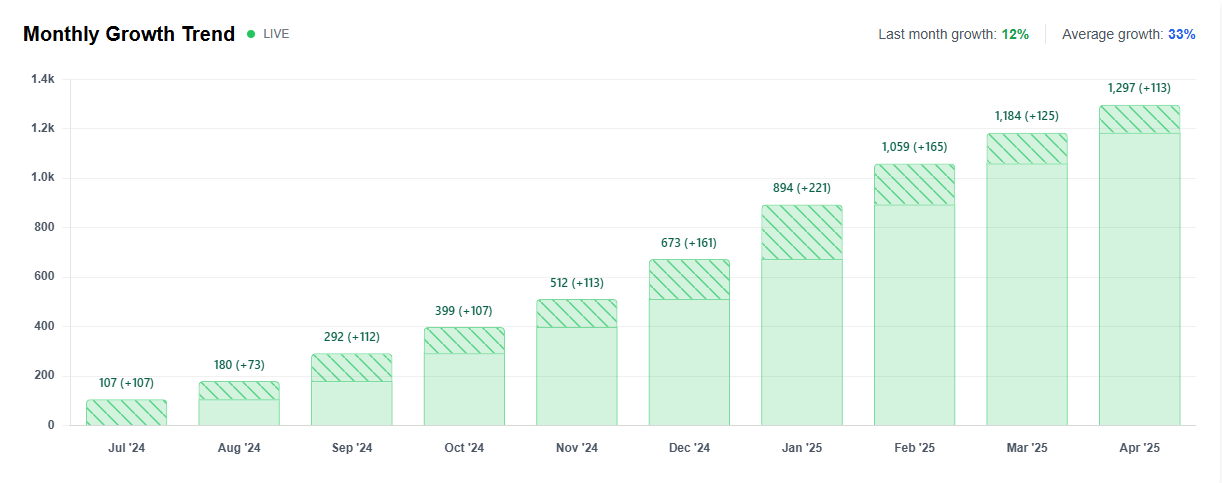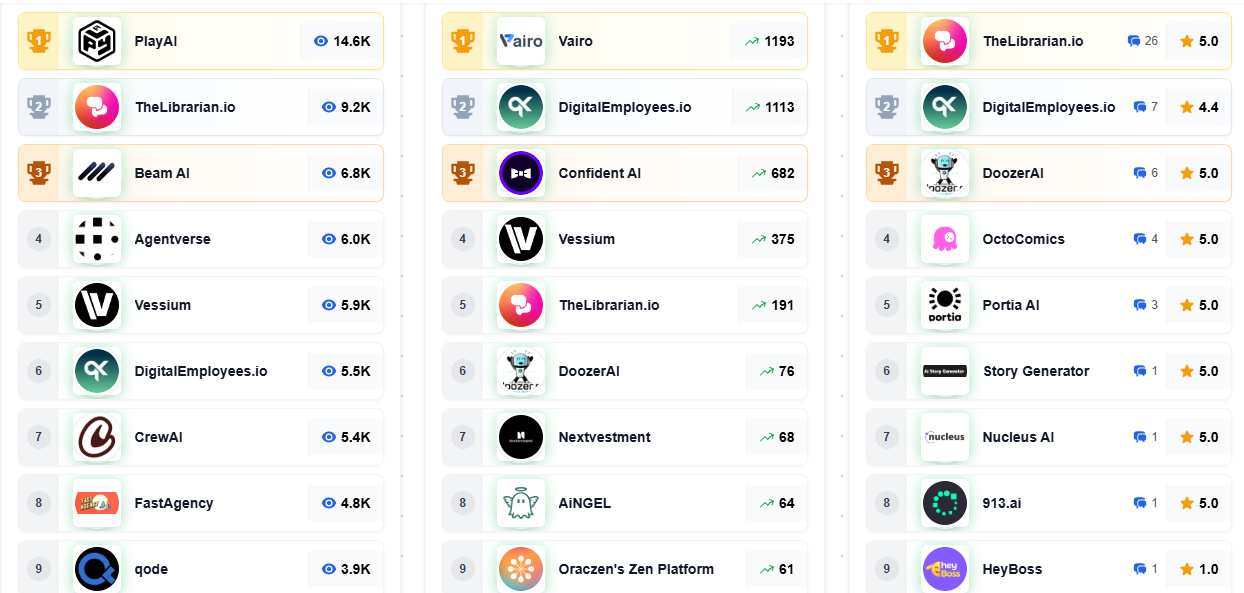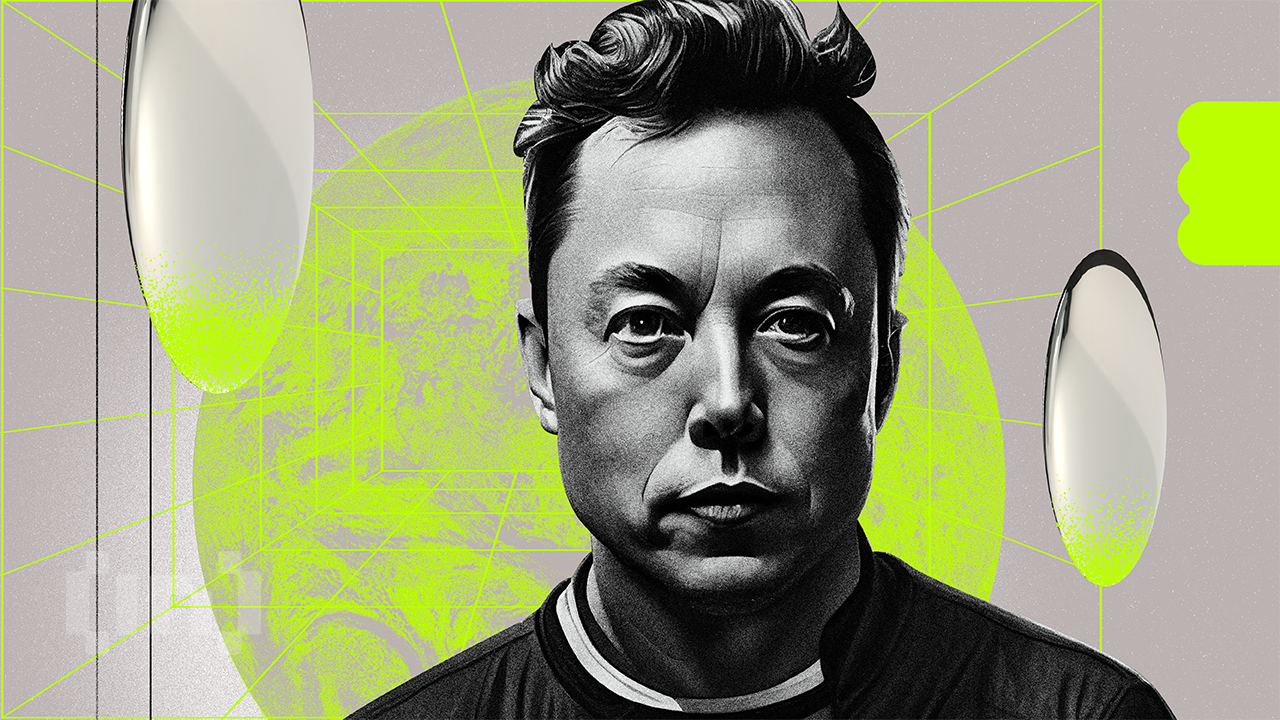In 2025, AI agents became the newest obsession for crypto market participants. They were integrated into decentralized finance (DeFi), gaming, infrastructure, and even DAO governance, touted as the next evolution of Web3 intelligence.
With this in mind, BeInCrypto contacted OORT CEO Dr. Max Li for his perspective on whether these autonomous, machine-learning-driven software acting on behalf of users could reshape crypto. Li had some interesting insights, but warned that real-world adoption, security, and regulation are the biggest hurdles ahead.
The AI Agent Gold Rush: Disruption or Distraction?
Data from the AI Agents Directory indicates an average monthly increase of 33% in the number of AI agents.
However, despite the growing interest, Web3-based artificial intelligence solutions still account for a minimal fraction (3%) of the overall AI agent ecosystem.

According to Dr. Max Li, founder and CEO of decentralized cloud network OORT, the space is moving faster than its infrastructure can handle, pointing to models like ElizaOS (formerly ai16z).
Yet, in his opinion, the broader playing field is not ready. He says the core infrastructure, from decentralized storage to tokenized agent marketplaces, is still under construction.
The Real Bottleneck? Security, Not Speed
While scalability is often seen as crypto’s weakness, Max Li says security and compliance are bigger threats. This is especially true when tokenizing AI outputs like computing, decision-making, or real-time data.
Dr. Li added that tokenized AI raises difficult questions. Who owns the data that the agents generate? How can decentralized systems comply with global data laws like GDPR? And what happens when AI agents interact with sensitive personal or financial information on-chain?
“These may already be more significant barriers than scalability,” Dr. Li warned.
The OORT executive emphasized that without clear custodianship or compliance frameworks, the risks extend beyond crypto to regulators, investors, and end-users.
Enterprise Adoption Isn’t Coming Anytime Soon
The industry often claims AI agents will bring real-world industries on-chain. However, Dr. Li says it is still a fantasy, particularly in the public blockchain.
He explained that while enterprises like Walmart could benefit from AI for internal operations, there is little incentive to tokenize those agents. Traditional firms want efficiency and control, not decentralized tokens wrapped around their core systems.
“Most enterprises would prefer to keep that data within their own secured servers rather than exposing it on a public, decentralized network,” he said.
While private chains may offer a bridge, Max Li says the idea of tokenized agents powering real-world logistics or finance is, for now, a crypto-native dream.
A Market Fueled by Hype
AI agent tokens have exploded in 2025. Riding the momentum of both AI and crypto, they have attracted massive capital inflows. However, Dr. Li parallels the dot-com bubble, concluding that while innovation is real, the market is overheated.

Based on this, he does not believe the current rally is sustainable: “It’s fair to say there’s a bubble forming here.”
This sentiment echoes Binance founder Changpeng Zhao (CZ), who recently warned that most AI token projects launch too early.
“Too many AI agent developers focus too much on their token and not enough on the agent’s usefulness. I recommend making a really good agent first,” wrote CZ in a post.
Zhao argued that only a tiny fraction of AI agents, say 0.05%, actually need tokens at this stage. Similarly, Hitesh Malviya, an analyst and popular figure on X, recently echoed this sentiment in a post.
“If you look outside the crypto echo chamber, you’ll find that we do have a solid ecosystem of free and better AI agents—and they don’t have tokens, nor might they ever need one. So, what we’re trading in the name of agents is nothing but memes—a value we created out of thin air, like we always do,” Hitesh observed.
Regulatory Turbulence Ahead
Perhaps the most underappreciated risk in the AI agent boom is regulation. The intersection of open AI systems, tokenized data, and borderless blockchains is a minefield for compliance.
Dr. Li warned of contradictions yet to be resolved: How can decentralized AI be transparent and private? Who is liable when agents act autonomously but cause financial losses?
“In the short term, regulatory intervention will likely create additional hurdles for innovation,” he concluded.
This is especially true where there is no global consensus. Until jurisdictions align on KYC (know-your-customer), AML (anti-money laundering) laws, and data governance, institutional adoption will remain cautious, if not frozen.
While the rise of AI agents is real, their integration into tokenized crypto ecosystems is still a high-risk, high-ambiguity frontier. Infrastructure remains fragile. Legal frameworks are missing, and real-world adoption is still speculative at best.
Dr. Max Li’s view is clear: crypto must shift its focus from hype to functionality—from token-first to agent-first design.
Only then will the next leap in AI-powered decentralization become more than just a market cycle.
The post OORT CEO Dr. Max Li Discusses the Real Bottleneck in AI Agent Adoption appeared first on BeInCrypto.







 BREAKING:
BREAKING:  4. If the party gains even minimal influence in Congress, it could accelerate pro-$BTC legislation
4. If the party gains even minimal influence in Congress, it could accelerate pro-$BTC legislation